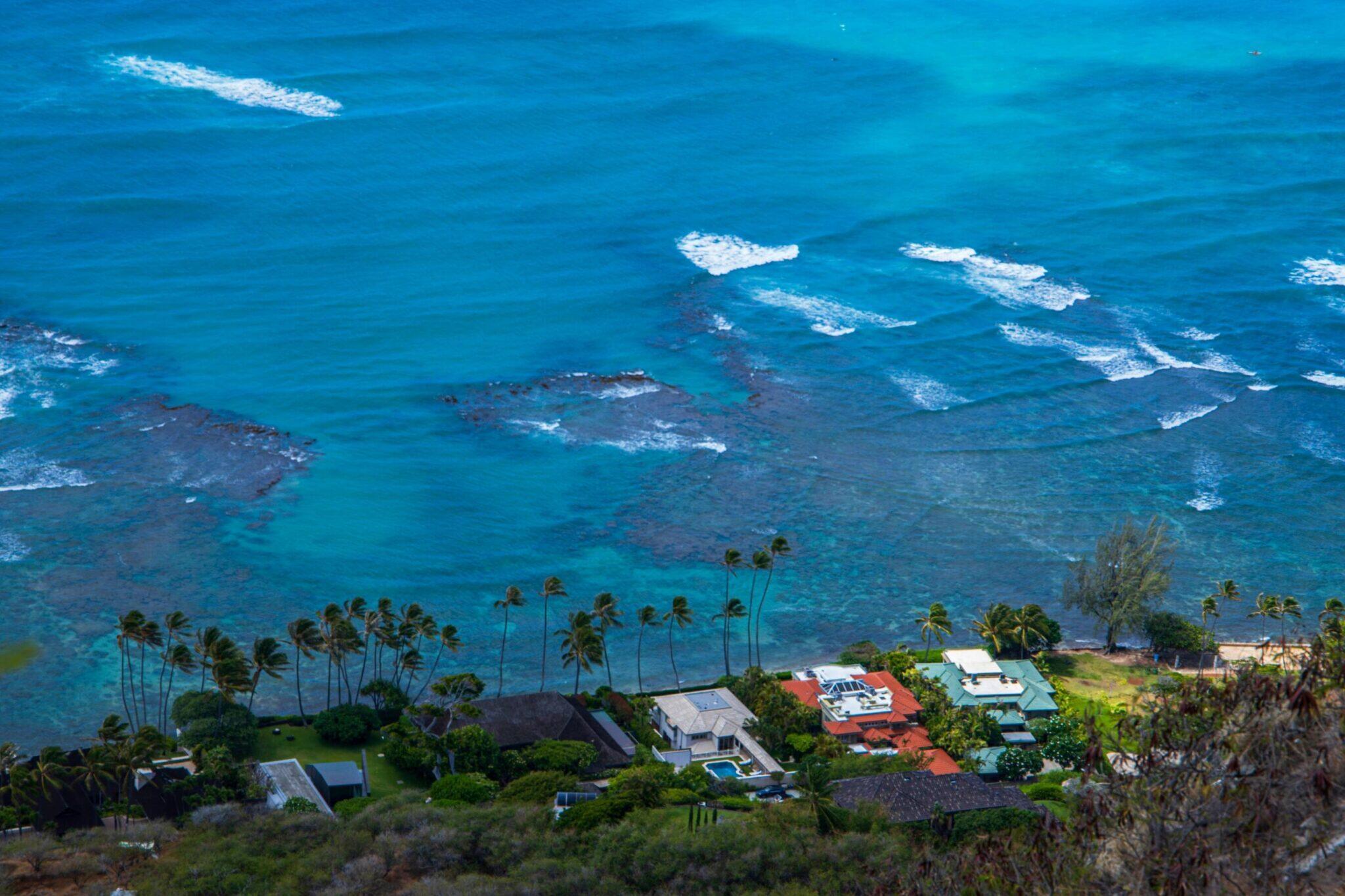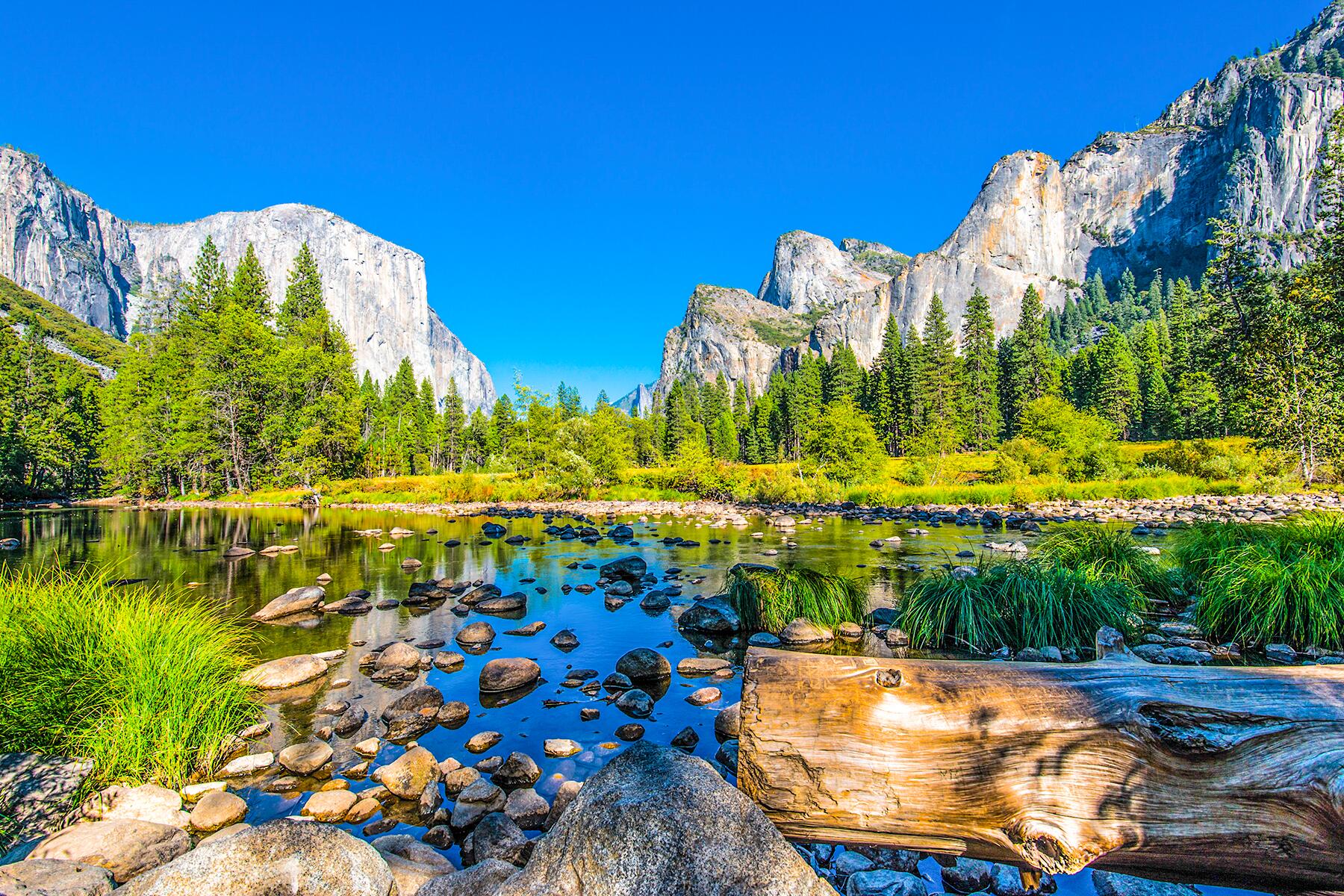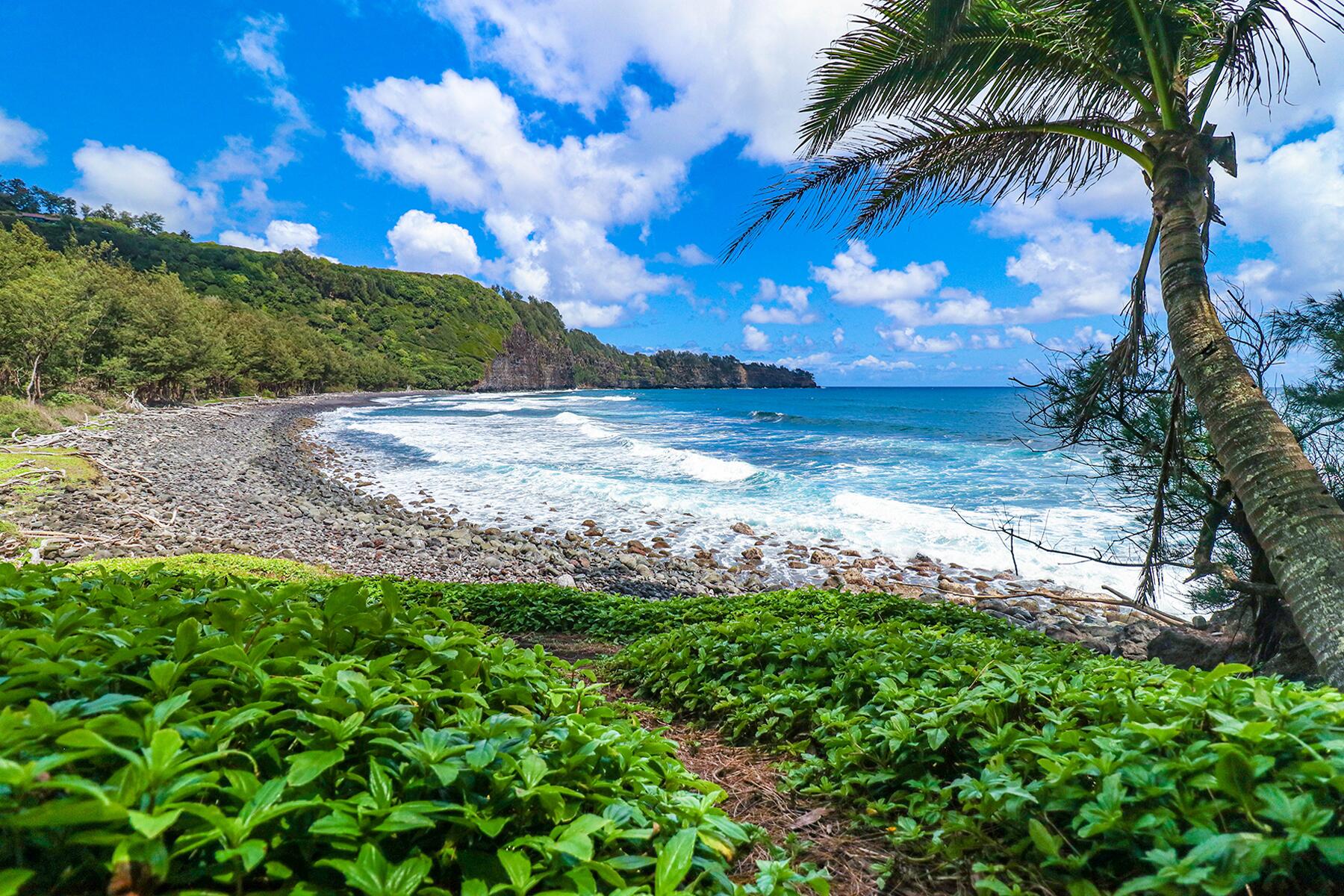The Big Island of Hawaii is a land of fire, ice, and wonder.
By far the largest Hawaiian Island in the archipelago, Hawaii Island, a.k.a. “the Big Island,” is known the world over for its active volcanoes, diverse flora and fauna, crystal clear water, and spectacular beaches. While tourists still refer to Hawaii Island as “Big Island,” Hawaiians continue to push for the use of its official name, the Island of Hawaii/Hawaii Island. (We use “Big Island” as means to simplify readers’ searches, but hope to expose our audience to the importance and cultural significance of the Ōlelo Hawai‘i language and the official island names.)
There are so many things to do on the Big Island that it’s hard to fit everything into a weeklong vacation. But if you have to choose a few, here are the must-do things when you visit the Big Island.
WHEN IS THE BEST TIME TO VISIT THE BIG ISLAND?No matter what time of year you visit, Hawaii Island will be warm and inviting. Summer tends to be hotter and rainier with more placid seas, while winter blesses visitors with dry, cooler weather and occasional seasonal swells.
Check out the latest COVID protocol and updates for travel to Hawaii’s Big Island here.
Top Picks for You
See Lava at Hawaii Volcanoes National Park
Witness the primal birth of living land at Kilauea Volcano, currently the world’s most active volcano. Erupting almost continuously through recorded history, Kilauea has been called the “drive-up” volcano for its ease of visitor access. The summit caldera, a large pit that contains the active lava lake, is located conveniently inside the park and is currently erupting in a start-and-stop cycle, with all lava contained in the crater. The park has opened up new viewing areas at the summit rim and a short distance from the Devastation Trail parking lot. The best time to visit—and avoid crowds and traffic jams—is between 9 p.m. and 4 a.m.
INSIDER TIPAs eruption activities change without notice, be sure to consult the park’s website or USGS for the latest updates.
Sky Dive the Big Island
Jump out of a plane for a true bird’s eye view of the incredible northern landscapes of the Big Island—even beginners can do it. Before the skydive, the pilot will fly you on a short tour over the breathtaking North Kohala valleys and coastline. You will be “connected” to your instructor for the actual dive, who handles all the details of suiting up, diving, and gentle landings. Not to worry about parachutes, either. They use high-tech devices with computerized backup systems. You feel more like you are floating rather than freefalling. Sky Dive B.I.G. takes off mornings at Upolu Airport in Hawaii.
Recommended Fodor’s Video
Enjoy a Sunday Stroll During “Kokua Kailua”
Ditch the car and enjoy the quaint and historic town of Kailua-Kona on foot. On the third Sunday of every month, (1 p.m. to 6 p.m.) the main part of town closes off to traffic so that visitors may enjoy perusing the locally grown and created craft and food offerings in numerous booths that line the streets of this lovely town. You can also explore Hulihe’e Palace, built in 1838, which served as a summer retreat for Hawaiian royalty; the graceful Mokuaikaua Church, Hawaii’s first Christian church built in 1820; or the spectacular Ahuena Heiau, Kamehameha the Great’s religious and political seat of power.
Be a Cowboy/Cowgirl for a Day
Saddle up and get ready to ride the Big Island’s ranges, cliffs, and trails on horseback. Start the day on a coastal trail ride or get pointers in round-ups and lassoing. Then, top it off with an evening under the stars at a real cowboy hoedown, complete with country-western music and even some campfire stories told by bona fide paniolo (Hawaiian cowboys). Paniolo Adventures, Na’alapa Stables, Kahua Ranch, and 4D Quarterhorses are some of our favorite outfitters. Riding horseback is one of the best ways to take in the beautiful scenery of the Big Island.
Go Bowling on a Volcano
Discover a whole world hiding in plain sight inside Hawaii Volcanoes National Park. Called Kilauea Military Camp (KMC), this 50-acre compound was established in 1916 as a place to house military troops. Later, it grew into a charming retreat for military families and their guests. Fortunately, the public is also welcome to visit, use the bowling alley, eat at the buffet, café, and grilles, pump from the affordably-priced gas station, or patronize the general store.
Bonus: Look for the nene goose family who are often seen patrolling the front lawns. These highly endangered, endemic birds are beautiful and curious (but please keep a respectful distance and do not feed them).
INSIDER TIPIf you have a military ID, you qualify to book one of their vintage cabins, each with a custom stained glass window and stone fireplace.
Explore Lava Tubes
While the well-lit and well-traveled Thurston Lava Tube in Hawaii Volcanoes National Park offers a convenient way to see the lava tubes, there are many other lava tube systems on the Big Island to discover with the help of professional cavers. At Kula Kai Caverns, near the southern end of the island, take a tour through these thousand-year-old tube systems while learning about their importance to culture and biology. At Kilauea Caverns of Fire, directly under Kilauea Volcano, journey through the Kazamura Lava Tube system, guided by experts who are passionate about educating visitors while preserving these delicate cave systems. All gear is provided, and tours are tailored to skill level and ability.
Swim at Ali’i Drive’s “Secret” Salt Water Pool
A bit off the standard tourist track, this hidden oceanfront pool is well known to locals. Built before strict oceanfront regulations were in place, this cement pool fills up with ocean water, which drains back out with the surf. It’s a fun and safe place to take a dip, located directly in front of the Kona by the Sea condo complex. Find suitable parking and then follow the cement walkway in. Sometimes even reef fish, such as tangs and convicts, wash in, so bring your snorkel. It’s a great sunset spot too!
Tour a Royal Palace
Take a docent-led tour of the gorgeous Hulihe’e Palace, one of only three royal palace residences in the United States. This gorgeous oceanfront home was built by Governor John Kuakini and served as a summer palace for Hawaii’s royal family. It’s replete with antiques, artwork, koa furnishings, tapa cloth, vintage quilts, bowls, feather artifacts, and much more. Built in 1838, the splendid two-story building features six rooms and rests on gorgeous, tropically manicured oceanfront grounds. Today, it’s under the stewardship of the Daughters of Hawaii, which rescued it from destruction in 1925. Hulihe’e Palace welcomes visitors to a free performance featuring Hawaiian music and dance every third Sunday.
Stargaze on Maunakea
You can’t drive most rental cars to the summit of Maunakea, but you can take any car to 9,200 feet, where the visitor information center is located. While public programs are currently on hold, visitors can still stargaze, take short hikes around the center, and visit the VIS First Light Store. Or, opt for one of several guided commercial tours, all of which do all the driving. They also conduct their own star talks along with serving meals and refreshments. Those seeking to go to Maunakea should only do so on a guided, permitted tour.
Visit Kaloko-Honokohau National Historical Park
Take the trail “backward” in this underrated national park near the airport. Enter from the back of the park near the harbor shops (with plenty of free parking) and walk the trail past the beach, the ancient fishponds, and the heiau (temple). It’s about a mile or so to the visitor center, where docents well versed in culture, geology, flora, and fauna will be glad to walk you back, stopping at various points of interest.
Visit a 5-Star Beach
While the Big Island is known for a variety of beaches of varying sand colors, many beautiful white sand beaches flank the Kohala Coast, and not all are dominated by hotels. Grab lunch, snacks, or drinks at Puako General Store, a quaint little mainstay near the highway turnoff at Puako for a picnic on one of the island’s most beautiful beaches. Head out to Puako Beach, near the store; Beach 69, just to the north of Puako; Spencer Beach Park; or Hapuna Beach Park, often named one of the top 10 beaches in the nation. Anaeho’omalu Bay, located at the Waikoloa turnoff (veer off to the left of the hotels to reach the beach) is a glorious stretch of white tropical wonder, fringed by coco palms and brackish ponds.
Watch the Volcano Glow at Sunset
Go for a hike at Kilauea Iki crater (which last erupted in 1959) or the Halemaumau Crater Hike. Then stop at the historic Volcano House, order drinks and appetizers from the bar, sit in front of the picture window, and watch the sunset while the lava glow comes up. When it’s completely dark, journey over to the crater lookout to see the action of the summit caldera up close. If you are feeling brave, stop at the steam vent walkway on the way out and hike about a half-mile up the misty (and sometimes spooky) trail to the Sulphur vents.
Check out Sleeping Turtles at a Black Sand Beach
At Punalu’u Black Sand Beach, located about 15 minutes south of South Point, you are nearly guaranteed to see endangered Hawaiian green sea turtles (honu) taking a break to bask on the hot sand in the sun. It’s an easy turn off of the main highway and a great stop on your way for a quick rest stop or maybe even a picnic lunch.
INSIDER TIPBe sure not to get too close to the turtles—they are protected by federal law.
Tour a Kona Coffee Plantation
Local farmers love to share their passion for farming genuine Kona coffee with the public and offer free tours. Most of the farms are located in the Kona coffee belt in the Honaunau Valley area of South Kona or in the upcountry town of Holualoa. Enjoy a sample cup and then purchase this year’s roast farmer direct. Most farmers also cultivate other crops such as macadamia nuts, vanilla, or cinnamon. If you’re looking for quality, it’s best to choose an “estate-grown” coffee farm (all grown and processed in one location). Our favorite free tour is Greenwell Farms in Kealakekua.
Watch the Majestic Humpback Whales
From November through May, migrating humpbacks leave Alaskan waters and arrive off the coast of the Hawaiian Islands. Staying close to shore, they mate, give birth, and then nurture their young before making the long journey back to Alaska, where they feed and prepare for the long trip back to Hawaii the following season. You can take a commercial boat tour (some guarantee you will see whales or the cruise is free) or simply watch them from most westside beaches during peak season. Look for areas of disturbance in placid waters, then watch for spouting, spy hops, jumping, dorsal fins, and tail slapping. Sometimes you may even witness a massive barrel roll followed by a big splash!
Swim at Night With Manta Rays
Experience these gracious, sweeping creatures in their native environment. Measuring 16 feet across and weighing as much as 1,000 pounds, these gentle giants feed on plankton attracted by lights set up by the dive operators. Observe these marvels of nature from the nearby safety and comfort of a tour boat excursion. We like SeaQuest, which departs from Keauhou Bay and includes all floatation equipment. Snorkeling and swimming experience is required.
Hike to a Black Sand Beach
Hawaii Island is famous for its variety of sand (soft white, black, salt and pepper, and brown). Pohoiki Beach is its newest varietal, a black sand beach that is the direct result of the Kilauea Volcano 2018 eruption. You’ll find two new surf breaks (for experienced surfers only!) and four natural ocean thermal ponds (for viewing, not swimming!).
INSIDER TIPVisit HIOCEANSAFETY to check beach conditions, which can vary widely even for those in close proximity.
but have you heard of a green sand beach? If you want to see a true green sand beach for yourself, it’s a bit of a journey but worth the effort. Drive to the end of South Point Road, park, and hike about three miles to a stunning green sand beach. The sand is tinged with olivine, a by-product of relatively recent volcanic emissions.
Hike the Caldera Floor of the World’s Most Active Volcano
Although the trailhead is tucked in just behind the Volcano House, the Halemaumau Crater hike is a hidden gem that visitors often overlook. An easy walk down the crater wall switchback trail will lead you to the floor of the Halemaumau Caldera–yes, the very caldera that is currently erupting. But don’t worry, the trail is a long, long way from the active lava lake, although you will be able to see the plume from the trail. It brings you back up over the old road that encircled the caldera, portions of which fell into the expanding pit and can no longer be used by vehicles.
Zipline Over Waterfalls and Rivers of the Windward Side
These cascading falls in Hakalau are a natural wonder not to be missed. If you dare, you can take a zipline over the trees that travels 65 miles per hour. You’ll see 14 exhilarating waterfalls of the Umaumau system from this unique vantage and catch a glimpse of the ocean too. If you don’t want to do the zip, you can also take a self-guided tour of the falls and gardens.
Take a High-Altitude Hike to the Slopes of the Maunaloa Volcano
Maunaloa, Hawaii Island’s other nearly 14,000-foot volcano, typically plays second fiddle to its more famous neighbor, Maunakea. But unlike Maunakea, visitors to Maunaloa can elect to not only hike to the summit but even spend the night in a cabin on the edge of the active (but currently quiet) Moku‘āweoweo Crater. Drive up to 11,000 feet, park at the weather observatory, and follow the trail on the lava flows marked with cairns. High-altitude hiking requires proper acclimatization and plenty of hydration, and may not be suitable for all individuals. This is a wilderness area, and there are no services.
INSIDER TIPBackcountry permits are required for overnight camping.
Snorkel in a Pristine Marine Life Conservation District
Clear waters, tropical reef fish, and breathtaking coral formations make Kealakekua Bay State Historical Park one of the prime destinations in the state. If you are game and feel ready for a grueling hike, you can walk the Napoopoo trail to access the bay, but be prepared as the walk back up is hot and strenuous. Another way to see this area is via a commercial snorkeling cruise such as the Fairwind, one of only a few permitted to drop anchor in the bay.
INSIDER TIPFairwind provides lunch, beverages, and equipment; or you can take a guided kayak tour. Mornings are best.
Hover by Helicopter Along a Sheer 3,000-Foot Valley Wall
Most visitors who book a Hawaii Island helicopter ride believe that the highlight will be flying over the volcano, but because tours only fly during daytime hours, this can reduce visibility. In some cases, helicopters may even be forbidden to fly directly over the national park. The good news is, that most flights also take in certain deeply eroded valleys on the northern and windward end of the island, offering a thrilling view of the sheer 2,000- to 3,000-foot valley walls, a spectacular vantage you won’t get any other way.
Give Back by Joining a 'Malama Hawaii' Sustainable Tourism Program
“Voluntourism” is a popular way for visitors to give back to Hawaii Island in the spirit of malama ‘aina, which means to tend, care for, preserve and protect the land. Whether you choose environmental restoration, wildlife assessments—such as honu watching or humpback whale counting—beach clean-ups, trail building, weed clearing, or other dry forest work, efforts to give back to the community are not only appreciated and needed, but will offer visitors a sense of pride and accomplishment in knowing that they have made a difference. After all, it’s always better to leave a place better than how you found it.
INSIDER TIPLearn more about the ways you can help.
Spend the Day at Pololu Valley’s Black Sand Beach
Tucked away at the end of the road on the island’s northernmost tip, this breathtaking hike through one of the area’s sculpted emerald valleys is a must-do. The trail leads to a beautiful black sand beach, which is not calm on most days and should be considered too rough for swimming. Visitors should be prepared for steep and sometimes uneven terrain. Take a picnic lunch, watch the surf, and bring plenty of water; the hike back up may feel strenuous. Check in with one of the trail stewards for insight on the valley’s history and culture.
INSIDER TIPParking is very limited so arrive early.
Hike in Kona’s Cloud Forest Preserve
This unique ecosystem in the upper elevations above the Kona region offers visitors the chance to experience the cool, mist-shrouded microclimates of the Kona Cloud Forest. Temperatures vary between 50 and 75 degrees, and nearly 40 percent of the water plants need to survive is gleaned directly through condensation, not rainfall. Native and endemic species abound, such as ‘ohia, loulu palm, hapu’u fern, and even koa. One cloud forest sanctuary offers paid tours, while others—such as the 3-mile Makahi Trail—are free to the public.
Editor’s Note: Per the Hawaii Tourism Board, Fodor’s recognizes “the proper use of the Hawaiian language, ‘Ōlelo Hawai‘i,’ which includes the ‘okina [‘], a consonant, and the kahakō [ō] or macron.” The Hawai‘i Board on Geographic Names was created to “assure uniformity and standardize spelling of geographic names to communicate unambiguously about places, reducing the potential for confusion.” In order to ensure our readers the best experience reading our Hawaii travel guides, we follow the standardized spelling, but hope to expose readers to the importance and cultural significance of the written Ōlelo Hawai‘i language.





